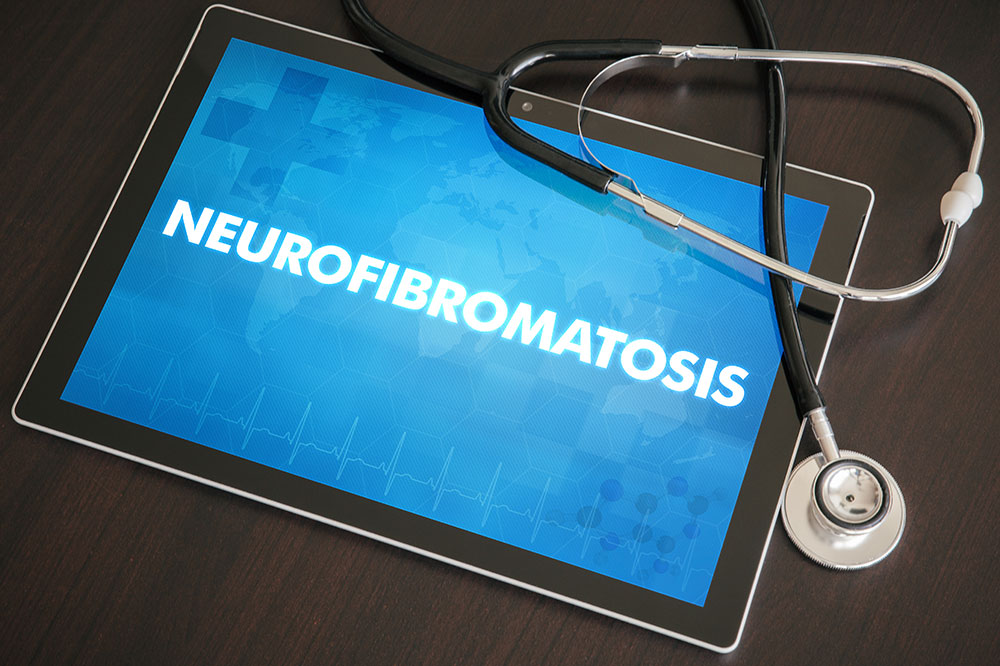Management Strategies for Neurofibromatosis Symptoms
This article explores management strategies for neurofibromatosis, highlighting symptom-specific treatments such as tumor removal, managing hypertension, scoliosis correction, and hearing restoration options. It emphasizes the importance of regular check-ups for early diagnosis and symptom control, as there is no definitive cure for the condition. Understanding these treatments helps patients improve quality of life and manage complications effectively.
Sponsored

Neurofibromatosis is an inherited disorder characterized by the growth of tumors on nerve tissues. Usually identified during childhood or young adulthood, these tumors, called neurofibromas, can develop throughout the nervous system and may become cancerous. The condition can lead to various health issues such as hearing deficits, skeletal deformities, vision problems, intense pain, and cardiovascular complications.
Signs and Symptoms
Neurofibromatosis has two primary types, each with distinct symptoms:
Neurofibromatosis type 1
Typically appears early in life, presenting as flat, light brown skin patches, small eye bumps, and bone abnormalities. Severe cases involve tumors in the brain, spinal cord, or nerves.
Neurofibromatosis type 2
Usually manifests in childhood or early adulthood with slow-growing benign tumors. These can cause vestibular schwannomas, leading to hearing loss, balance issues, and headaches.
Management
Although a cure for neurofibromatosis is unavailable, treatment focuses on alleviating symptoms through surgical removal of tumors and management of related health problems.
Here are some common treatment options for specific complications:
High blood pressure (Hypertension)
Managed with medications and lifestyle modifications.
Scoliosis
Scoliosis, characterized by spinal curvature, can be treated through surgery or wearing spinal braces.
Acoustic neuroma
A benign tumor affecting hearing and balance nerves, often requiring surgery. Hearing loss may persist; alternative solutions like auditory brainstem implants may be necessary.
Neurofibromas
Tumors that typically develop on nerves, impacting various body parts, and may cause numbness or infections. Surgical removal is common.
This list is not exhaustive; routine check-ups are vital for early detection and effective management of symptoms and complications.






